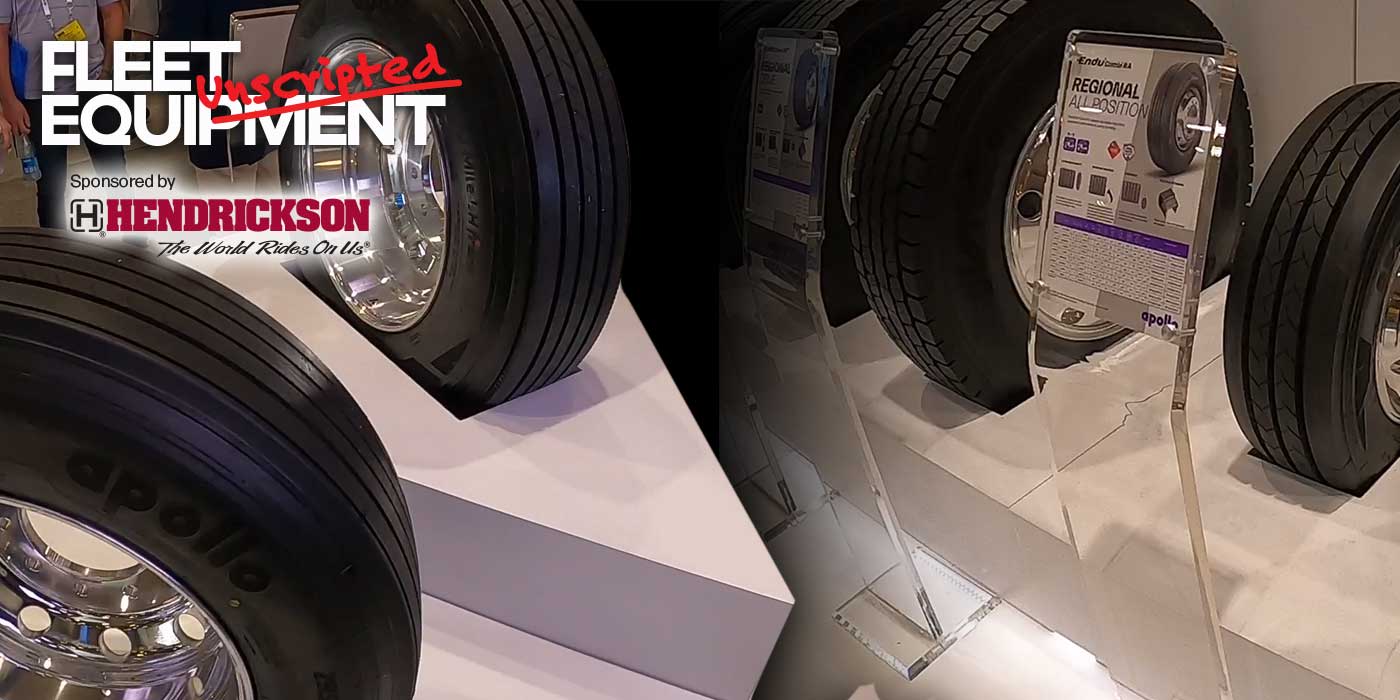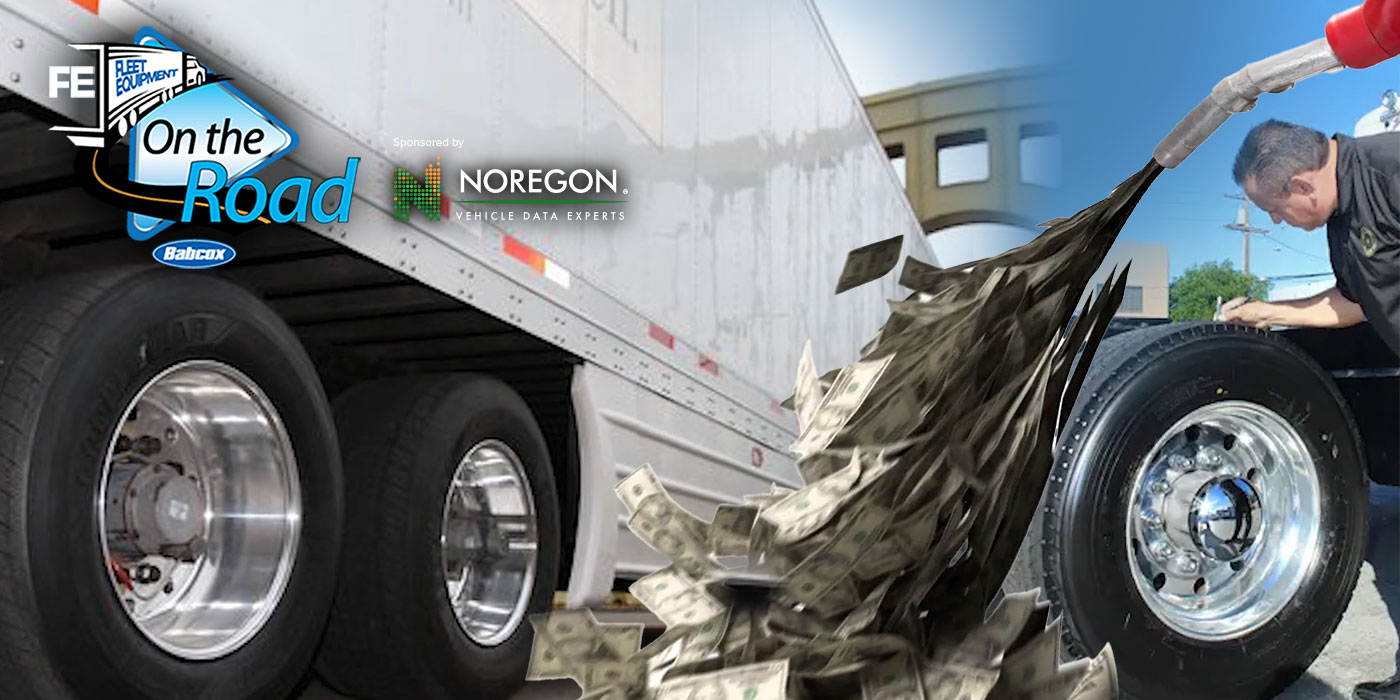Driver-facing cameras: spend any time online and you’ll know as well as I do that drivers are typically not… fond of them…Yes, I’ve talked to drivers who actually have good things to say about them. But I think it’s fair to say that they haven’t been painted in the same light as something like, say, TPMS, a technology with little debate about its effectiveness.
Click here to watch more of FE’s On the Road video series.
Here is a transcript of the video:
How are driver-facing cameras from the whole of the fleet’s point of view?
Well, one argument is that the potential benefits of driver-facing cameras do not outweigh the cons—namely, upset drivers who may leave the fleet. You know as I do that there’s a driver shortage, and fleets are increasingly prioritizing their drivers. Look no further than modern sleepers with all their creature comforts, or the drivers’ lounges found at many fleet and OEM service shops, as examples of this.
Some fleets also use the truck’s telematics data as a camera replacement.
By looking at this data, you can tell what the driver’s doing in the cab without actually seeing the driver. You can tell what percentage of time her foot is on the accelerator pedal, when she hits his brake or the clutch, whether she’s got cruise on, what the RPM is in the truck – even whether the blinker’s on in a turning incident.
If you have that much detail in the data, do you need a camera?
Let’s look at the other side of this issue: the argument for driver-facing cameras. Is there a solid use case?
Well, the first and most recognized reason is so the fleet can see what is going on in the cab, especially during a critical event, including minute details regarding the circumstance. This is fairly common in the industry to learn of unwanted behaviors and help coach drivers to improve their safety performance.
Second, there is now technology that utilizes real-time machine vision algorithms to detect the presence and movement of drivers and passengers. These features can help notify fleets of the presence of an unnecessary passenger or help turn off the in-cab camera when the driver is not in the seat driving. These functions can be further enhanced to monitor for distraction and drowsiness.
BUT – and this is huge – if fleets want to take advantage of driver-facing cameras and all the technology I just talked about, it’s important that the fleet sets up a process for reviewing and using the video properly and regularly. Otherwise, that fleet may find all that information they went through the trouble of gathering could turn into a liability.
If the fleet is vigilant in its review, keeping detailed logs regarding what they saw and what actions they took as a response, inward-facing cameras are a great way of providing an extra layer of security for drivers who have been falsely blamed for a collision. Video captured from an inward-facing lens will verify the condition of the driver and, in the case of a claim against a driver, can provide a strong defense to show he or she was alert and attentive, saving both the driver and fleet from potential litigation and the trouble that comes along with it.
Of course, every fleet is different, and some may decide that they don’t want or need the cab-facing camera, which is why video telematics solutions in the marketplace tend to make the inclusion of driver-facing video optional.
No matter how you feel about the idea of driver-facing cameras, the best way to implement them is by prefacing their installation with clear communication to your drivers about what these cameras will capture, how they will work and how this will help not just the fleet, but the driver, too.













